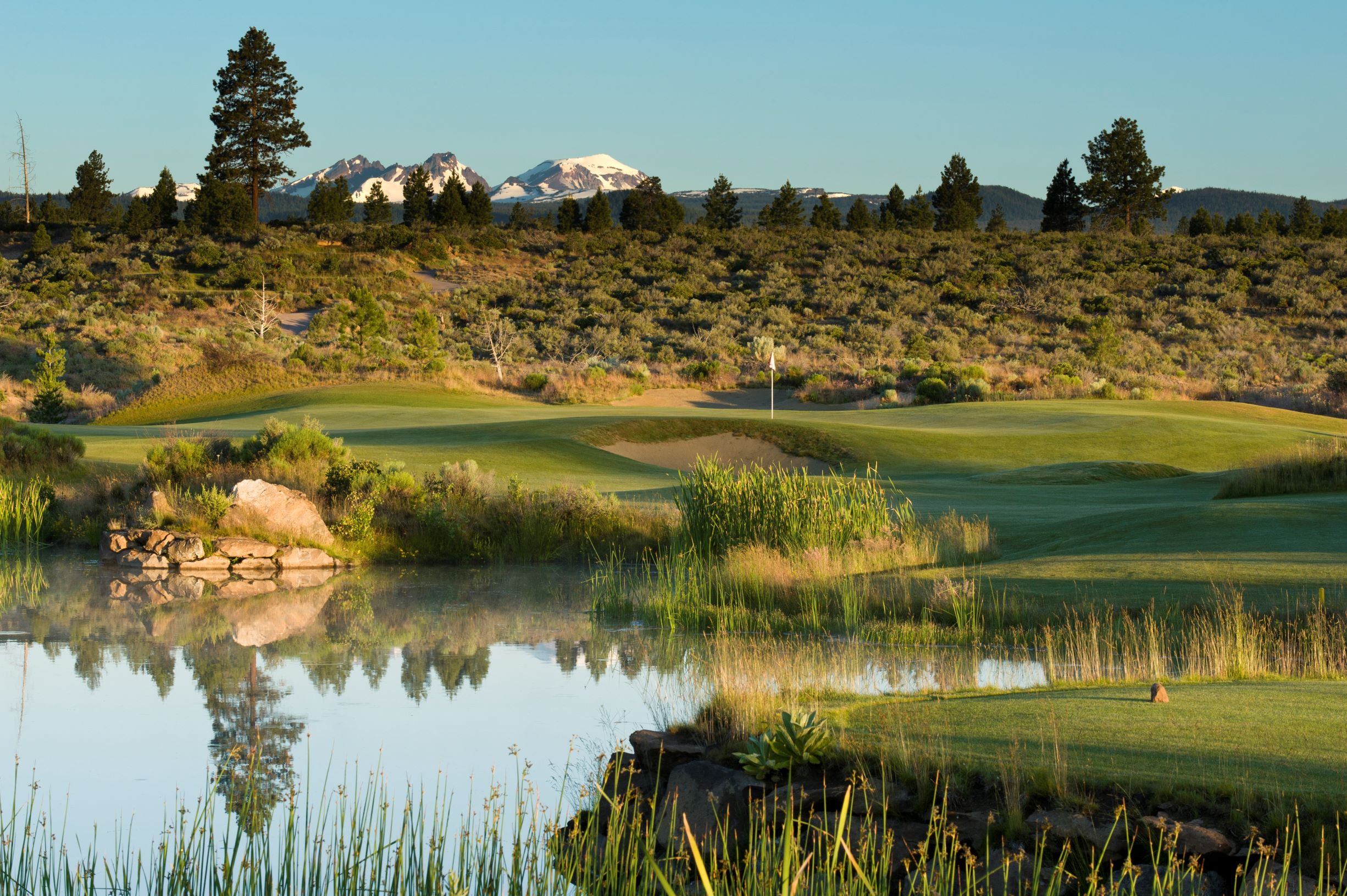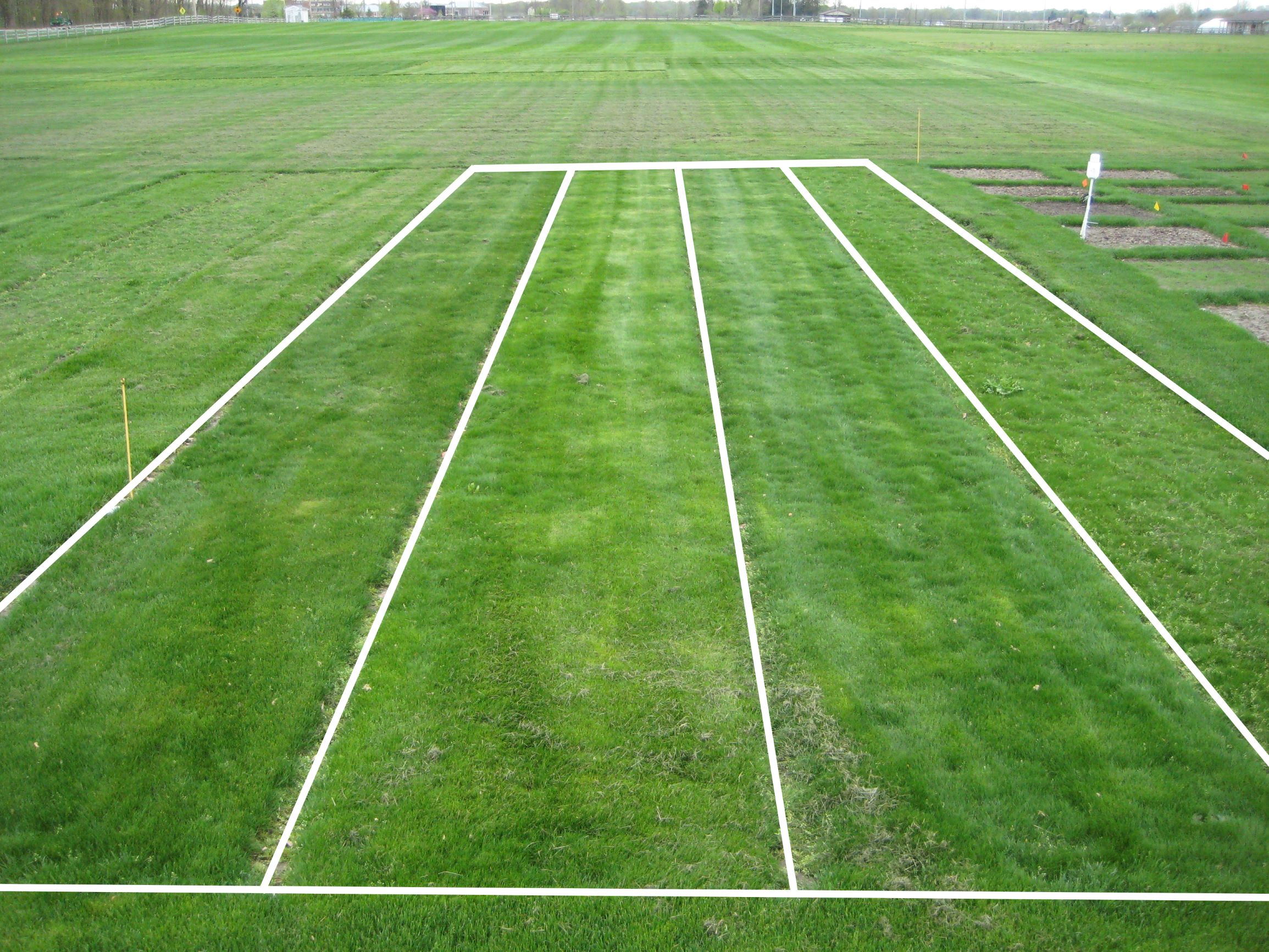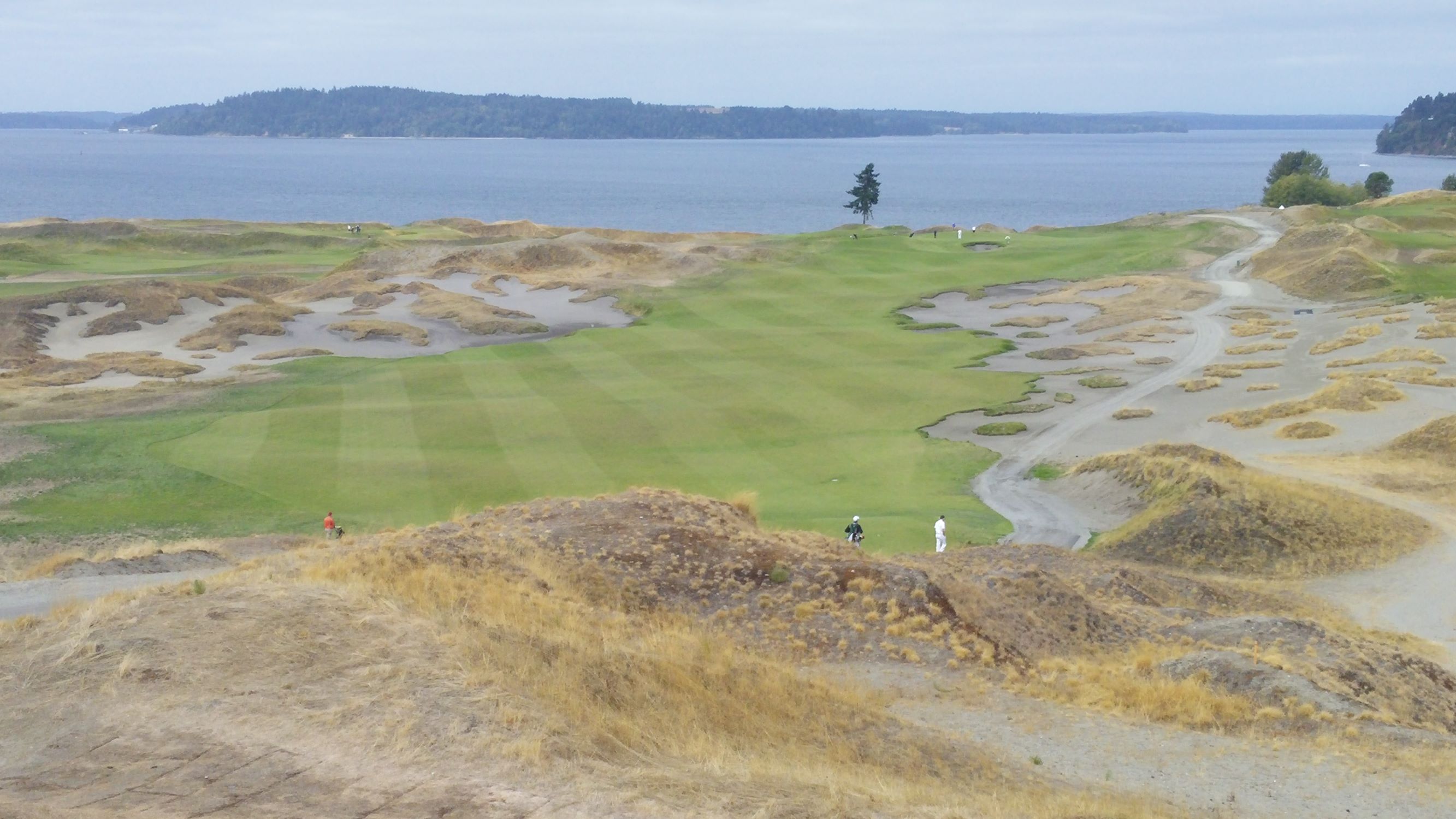By Alec Kowalewski, Emily Braithwaite and Brian McDonald, Oregon State University
In a previous blog post “What are the fine fescues?” provided by Purdue University, Ross Braun and Aaron Patton did an excellent job separating the various fine fescues into five different genus, species and subspecies. The common names of these five fine fescues are strong creeping red fescue, slender creeping red fescue, Chewings fescue, sheep fescue and hard fescue. Generally, fine fescues are described as low input turfgrasses because as a group these plants tolerate shade and low fertility, and can persist with minimal irrigation. However, each of these fine fescues has a unique set of functional components. This blog post will provide an overview of the characteristics associated with each of the five fine fescues.
Strong creeping red fescue
- Tolerates drought stress
- Establishes more quickly than some other fine fescues when seeded
- Spreads quickly compared to other fine fescues with its strong lateral growth habit (rhizomes)
- Found the most commonly of the fine fescues in turfgrass mixtures for home lawn use
Slender creeping red fescue
- Tolerates foot traffic better than other fine fescues
- Tolerates golf course putting green mowing heights
- Tolerates drought stress
- Tolerates salinity stress
- Establishes more quickly than some other fine fescues when seeded
- Spreads with weak lateral growth habit (rhizomes)
Chewings fescue
- Tolerates shade well
- Tolerates foot traffic better than other fine fescues
- Establishes more quickly than some other fine fescues when seeded
- Tolerates golf course putting green mowing heights
- Has a bunch-type growth habit
- Found somewhat commonly in turfgrass mixtures for home lawn use
Sheep fescue
- Tolerates drought stress
- Persists with little or no irrigation
- Can tolerate some of the lowest fertility levels
- Has a bunch-type growth habit
- Used often as an ornamental because of it blue or silver green color
Hard fescue
- Persists with little or no irrigation
- Establishes slowly when seeded
- Tolerates nonselective herbicides (glyphosate) and selective herbicides (mesotrione)
- Can tolerate some of the lowest fertility levels
- Has a bunch-type growth habit
- Has excellent resistance to red thread and dollar spot
Readers can find more details regarding fine fescues in these extension materials and research findings at the following links:





